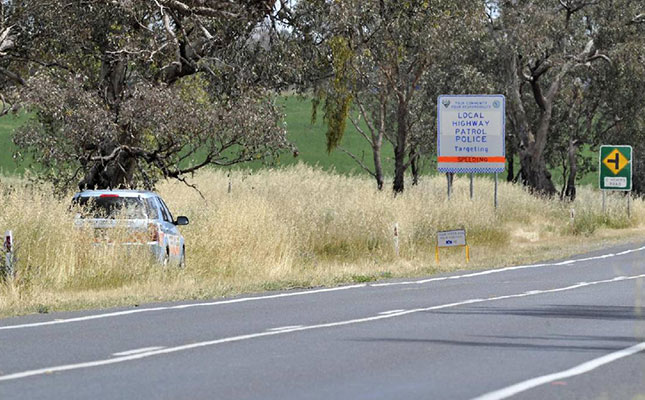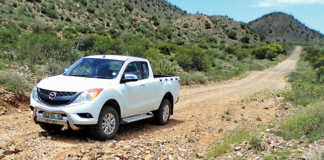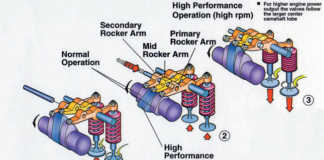
The recent Ford Kuga fire problem has resulted in many owners worrying about their cars catching fire.
In the UK, there is a 1% chance of a vehicle catching fire; in South Africa, the risk is probably slightly higher due to the likelihood that more vehicles are not serviced properly. Cars usually go up in flames due to a lack of maintenance.
A fire can only start if a spark or very hot surface is close to combustible material surrounded by oxygen. Many car parts, especially wiring, gaskets and plastic piping, deteriorate over time, so fires are more likely to occur when a car gets old.
A regular inspection for leaks, bad connections and shabby wiring is thus essential.
Read the manual to familiarise yourself with any precautions that may apply to your model.
Leaking fuel
Leaking fuel starts more fires than any other cause. On older cars, a carburettor tends to leak when the float level is set incorrectly or the fuel union gaskets are worn. On modern cars, the fuel injectors and fuel pressure regulators are sealed off with O-rings.
These deteriorate over time, which could result in a fuel leak. A fire can start when the leaked fuel is set alight by a spark that is the result of poor insulation on a spark plug, or some of the leaked fuel may end up on a very hot exhaust manifold.
Electrical fires
Electrical shorts can cause the wiring to overheat and get hot enough to start a fire. On an old car, a wire is often chafed where it passes through a hole in a panel.
An aftermarket component can also cause a problem. If the wiring connecting the component to the car’s wiring loom is fitted incorrectly, it can draw a very high current.
And if the earth cable between the engine and the car’s frame is poorly connected or broken, the electricity will find its own way back to the battery. This could result in the throttle cable getting hot enough to start a fire.
Exhaust system
At full throttle, the interior of an exhaust system can reach more than 900°C. For this reason, the heat shields should never be discarded or damaged, and any leaks should be repaired.
Catalytic converters get so hot that they are blamed for starting many of the grass fires in the California desert. Owners’ manuals often warn that the vehicle should never be parked on dry grass or other combustible material.
A retarded engine ignition setting will cause parts of the exhaust system to glow red-hot. A heat shield cannot cope with such high temperatures.
Oil fires
If oil gets near a hot surface it may cause a fire. Cars are at a greater risk of catching fire after a service. The oil filler cap may not have been replaced correctly; this will allow crankcase pressure to blow oil over the engine. The oil filter may have been replaced without renewing the gasket, and this can result in oil squirting out while the engine is running.
Engine overheating
This has been given as the reason for the Kugas catching fire. It is not impossible, but it is very rare for an overheated engine to start a fire.
And if a fire breaks out?
Stop as soon as possible, switch off the engine and release the bonnet catch. Order everyone out and stand a distance away in case the fuel tank explodes. Contact a rescue service. Use a dry powder or foam fire extinguisher, but only if it is safe to do so.
Reduce the oxygen content by keeping the bonnet closed; aim the extinguisher through the grille opening. Never use water on an engine fire; it will short out the wiring and spread burning petrol.
Jake Venter is a journalist and a retired engineer and mathematician.
Email him at [email protected].












